If the intended aim of the new round of U.S. sanctions were to change Iran’s behavior, it already has. Just not the behavior the Trump team had in mind—Iran abandoning its pursuit of pro-market economic reforms. President Hassan Rouhani, who was elected twice, in 2013 and 2017, on a platform of liberal economic reforms, has piece by piece put aside his reform agenda. Because of the economic havoc wreaked by the re-imposition of U.S. sanctions, he finds himself in the odd position of overseeing price controls, punishing commodity hoarders, subsidizing imports of a variety of goods, including mobile phones, and has lost the most liberal members of his economic team.
In 2015, Rouhani successfully clinched the Iran nuclear accord, formally known as the Joint Comprehensive Plan of Action (JCPOA). Following the easing of sanctions, Iran’s economy robustly grew by 12.5 percent in 2016/17. In contrast, this year and next year, the economy will contract, according to the IMF. Depending on how successful the U.S. will be in getting the rest of the world to go along with its unilateral sanctions, the decline could be as much as 10 percent.
The U.S. withdrawal from the JCPOA dealt a direct blow to Rouhani’s economic program, built around macroeconomic stability—including low inflation and a stable currency. This program started to unravel in 2017/18 as foreign businesses, threatened by the U.S. sanctions, began pulling out of Iran, and Rouhani’s plan lost its most important piece: foreign investment and technology.
Mindful of the 2012 collapse when Iranians lost fortunes in domestically valued assets—local currency and real estate—Iranians began dumping their rial holdings in exchange for foreign currencies, causing the rial to lose 70 percent of its value in a just few months.
Since much of what is sold in Iranian markets is imported or produced using imported components (nearly half of Iran’s imports are intermediate goods), prices for many goods and services rise quickly after devaluation. From May to September 2018, inflation averaged at 71 percent annual rate, up from less than 2 percent during the same period a year earlier. In no time, Rouhani’s main economic achievement—low inflation—bought at the cost of two years of economic stagnation, went up in smoke.
He then lost his Central Bank chief in July, followed by the departure of three key ministers and his chief economic advisor. His outspoken and pro-market former Minister of Roads and Urban Development, Abbas Akhoundi, sacked by the parliament in October, now writes bitterly of lost opportunities for reform. Rouhani’s chief economic advisor, Masoud Nili, a mild-mannered academic who coordinated economic policy for his team, resigned this month sounding equally despondent about the prospects of economic reform. The departure of Iran’s most distinguished liberal economist and the author of Third Five Year Plan (2000/01-2004/05) that charted the course of economic development in the Islamic Republic along a market-oriented path, is particularly telling of the passing of a reform era.
Loss of support for Rouhani is inevitable among the private sector that enthusiastically supported the government’s pro-market reforms but now find it presiding over price controls and the busting of warehouses and arrest of hoarders to assure the public that supplies remain plentiful.
A large part of the corruption in Iran’s economy has always come from opaque distribution of the nation’s oil wealth. The reform program advocated by now departed liberal economists, included unifying the exchange rates between the government allocated rate and the free market. They tried to remove a 20 percent gap, which has risen to 65 percent. Price controls are needed to prevent those who import goods using the subsidized foreign currency from selling their goods at higher prices.
Reformers supported the nuclear accord because they believed that closer integration into the global economy was more than attracting Western resources and technology. It was seen as a vehicle to increase the transparency of Iran’s financial and trade institutions, to improve the business climate inside the country. The return of sanctions has set that goal back for years because the incentive for subjecting Iran’s banks to global scrutiny is no longer there.
Since 1989, Iran’s parliament has been voting on legislation to help Iran comply with anti-money laundering conventions, such as the Financial Action Task Force (FATF) and the Palermo Convention, for Iranian banks to operate in the international market. The legislation was first proposed by the hardline President Mahmoud Ahmadinejad and passed by a hardline Parliament. Now hardliners are opposing the same legislation arguing that, with sanctions threatening Iran’s economy and security, international transparency can wait.
Seeing Rouhani’s program in retreat, hardliners are now threatening to cut off a narrow lifeline that the EU is planning to throw Iran’s way. For the past six months, the EU has been working to set up Special Purpose Vehicles (SPV) that would allow smaller firms with no exposure to the U.S. market (and therefore unconcerned with loss of access to the U.S. markets) to trade with Iran. Details on this scheme are still lacking, so it is hard to know if it can make much of a difference. But with U.S. sanctions, even in the best case scenario, Iran will only get a diminished JCPOA, which is why hardliners who prefer relations with China and Russia over Europe and the U.S. want Iran to step back from its obligations under the nuclear deal, perhaps by increasing enrichment or limiting International Atomic Energy Agency (IAEA) inspections.
If Iran moves in that direction, the damage caused by Trump’s U.S. withdrawal from the JCPOA will more than destabilize Rouhani’s economic reform plan—it will threaten the stability of the entire region.
The Brookings Institution is committed to quality, independence, and impact.
We are supported by a diverse array of funders. In line with our values and policies, each Brookings publication represents the sole views of its author(s).

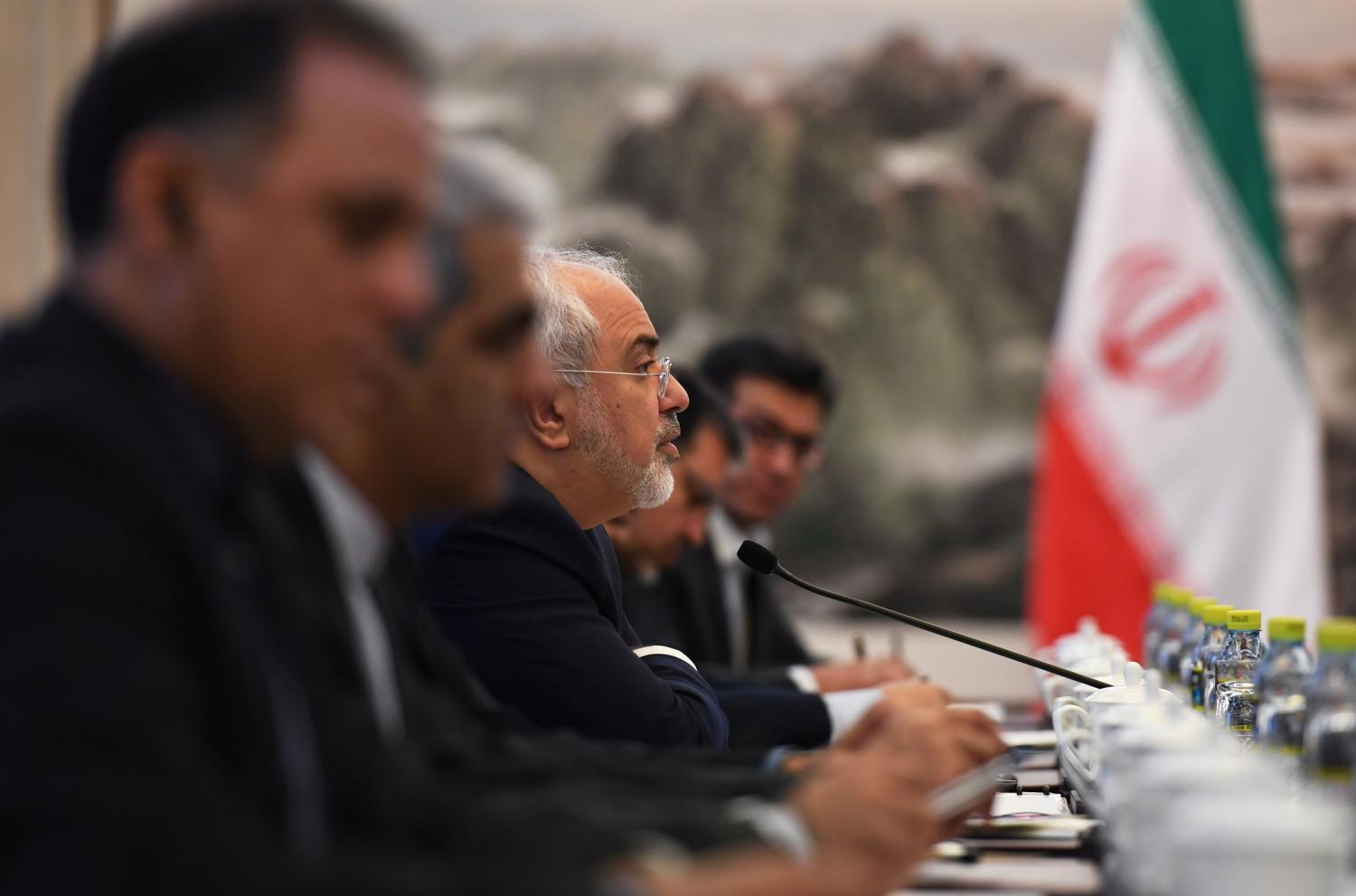
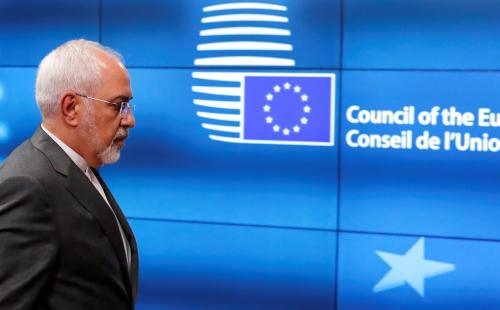
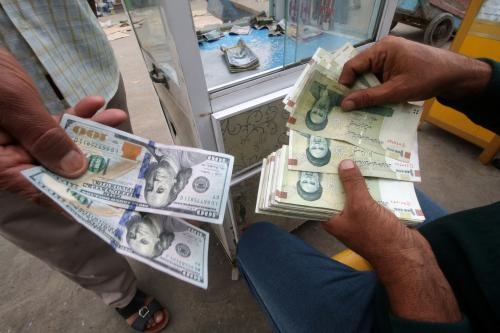

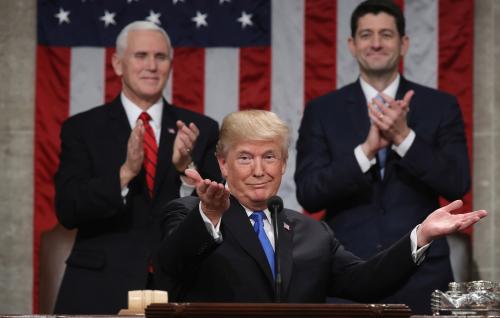
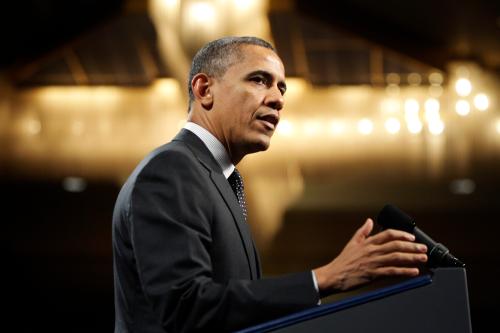

Commentary
Iran’s economic reforms in retreat
December 4, 2018